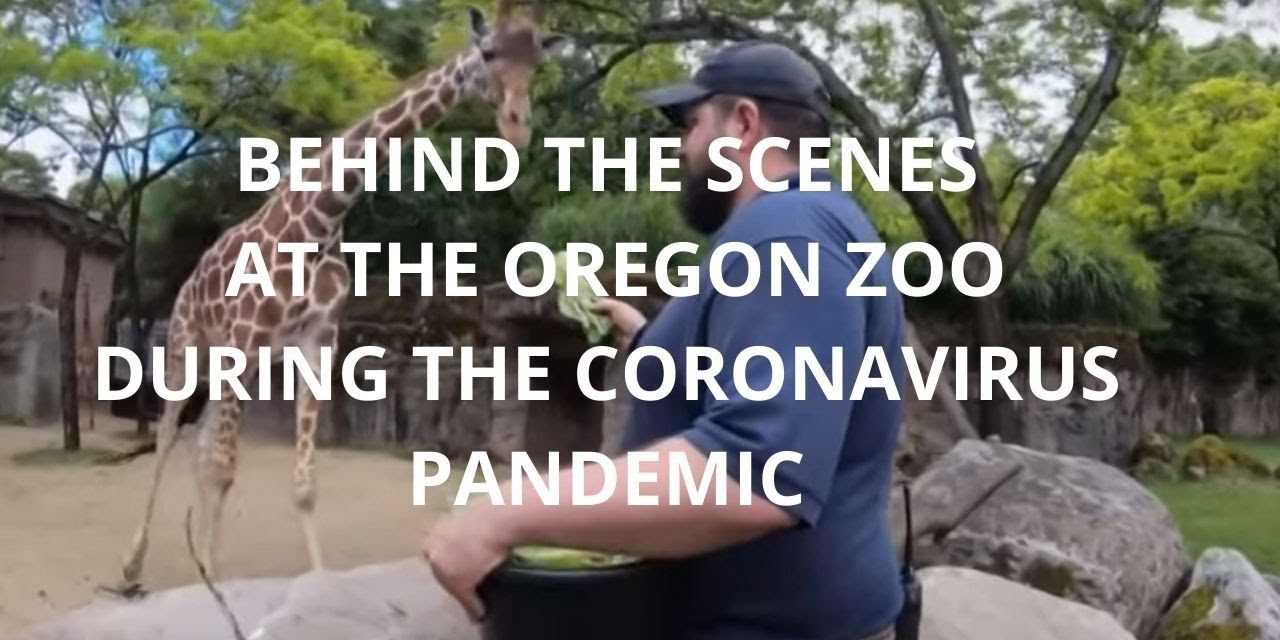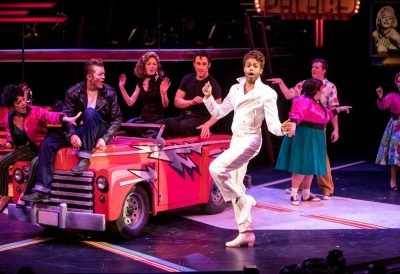From behind-the-scenes videos to at-home experiments, these West Coast attractions offer plenty of supplements to your virtual curriculum.
In this time of remote learning, a number of zoos and science museums located on the West Coast are offering a variety of virtual education opportunities for your students.
San Diego Zoo
The San Diego Zoo offers virtual education programs that are accessible for any grade level. These exclusive online visits take place over Zoom or your chosen web conference platform and all offer the opportunity to meet an animal or talk with a wildlife care expert. There are two virtual guided tours led by a zoo educator that will guide viewers though the zoo while providing an interactive Q&A with two exclusive opportunities that may include visiting behind-the-scenes areas or witnessing up-close wildlife presentations. There is also a pre-recorded 22-minute tour that allows viewers the to see polar bears or tigers up close. The San Diego Zoo website also includes more virtual opportunities such as watching a live stream of your favorite animals and other games and activities.
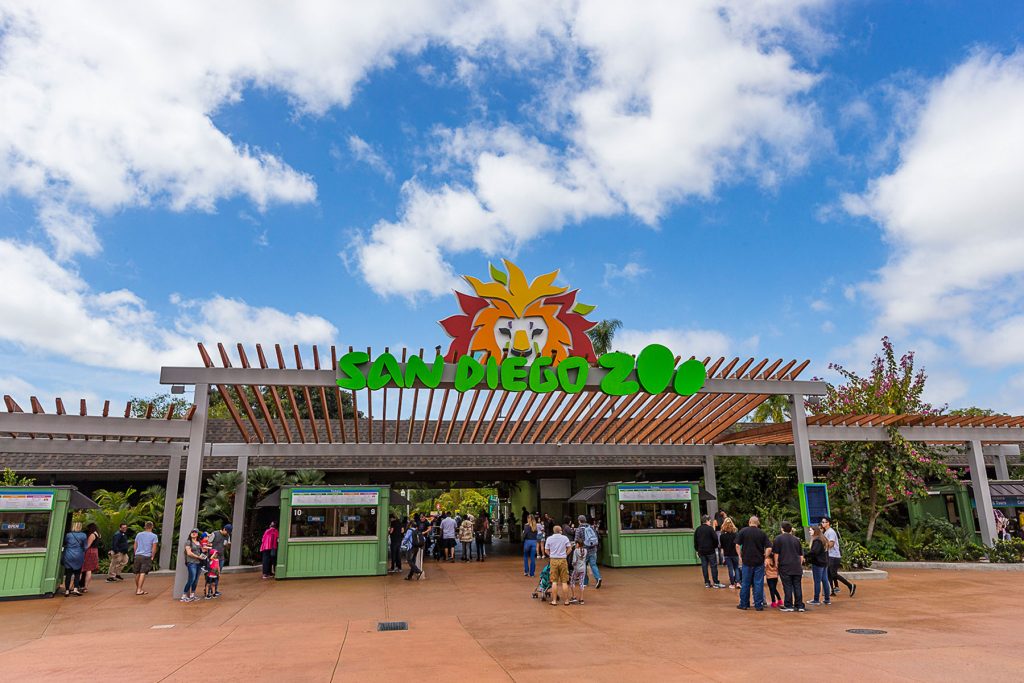
Credit San Diego Zoo
California Academy of Sciences
Distant classrooms have the opportunity to immerse themselves in STEM activities through the Academy@Home program offered by the California Academy of Sciences. First, there are weekly interactive livestreams that cover a variety of scientific topics including a tour of gems and minerals or the opportunity to learn about jellyfish from experts. Students also have access to other video materials including animal webcams, planetarium programs and science films that will allow them to explore coral reefs or learn about all the landmark discoveries made in space. Additionally, classrooms have access to distance learning meetings with academy educators and other DIY science activities that use household materials.
Pacific Science Center
Connect your students with hands-on science activities that are specifically geared towards a certain age range. All the grades have lessons in topics such as astronomy, plants and animals, chemistry, engineering, environmental science, etc. Early childhood activities include making a buttery out of household materials, finding shapes in nature and building nature homes for worms and slugs. Grades K-2 can go looking for spiderwebs and create chemical reactions while they polish pennies. Grades 3-5 can observe a naked mole rat colony and design new inventions that solve problems. Grades 6-8 can design animal habitats on Earth 100 years from now and learn about the chemistry behind their favorite colors. The Pacific Science Center also offers virtual field trips that center around various topics including learning about different animals, the different functions of the brain, and chemical reactions.
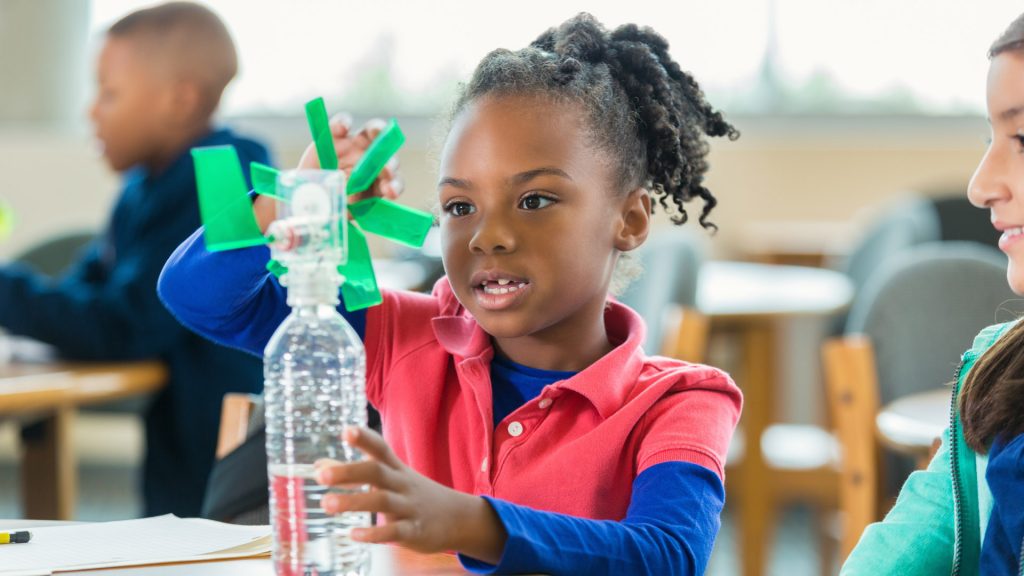
Credit Pacific Science Center
Oregon Museum of Science and Industry
The Oregon Museum of Science and Industry allows you to book a virtual class, assembly lab, or other programs to enhance your students’ distance learning. With a maximum of 99 participants, assemblies cover topics from the states of matter to the roots of weather phenomena such as the origin of clouds, snow, lighting, etc. OSMI also offers virtual labs for a maximum of 40 participants where students will join an OSMI educator for a virtual dissection or piece together evidence from a virtual crime scene. OSMI also provides weekly curated STEM activities and resources focused around a variety of topics including oceans, chemistry, astrobiology, genetics and fungi.
Woodland Park Zoo
Each week, the Woodland Park Zoo offers a new set of activities that are intended for middle to high school aged classrooms that work towards developing connections to animals and scientific understanding. There are activities focused around learning more about the habitats of mountain goats, exploring signs of animal presence in nature and watching decomposition up close. The Woodland Park Zoo also offers resources for loan, specifically a “Suitcase for Survival” that includes endangered species items obtained by the U.S. Fish and Wildlife Service along with education materials prepared by the World Wildlife Fund that work together to teach students about international wildlife trade and its serious impact on animal survival.
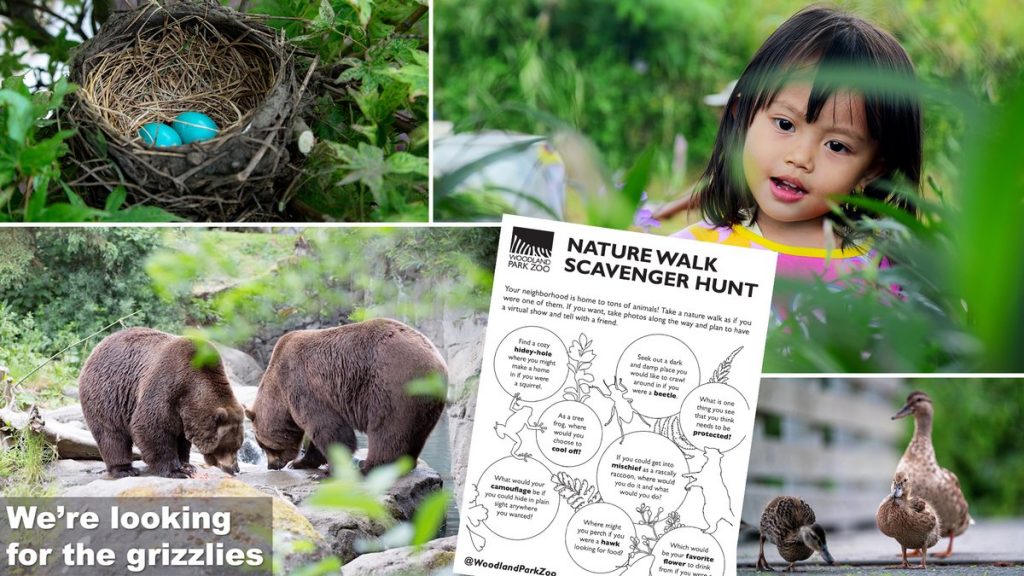
Credit Woodland Park Zoo
Oregon Zoo
Targeted for children ages K-5, the Oregon Zoo is providing the opportunity for distance classrooms to go behind the scenes to meet the animals and members of their staff. Every week new videos will be uploaded and can be watched either through Facebook Live or YouTube. To go along with each video, the Oregon Zoo website offers at-home activities that will help your students to learn even more about these animals. The different animals featured in these videos and activities include penguins, bats, otters, beavers, elephants, etc. Activities can include recycling, building a beaver dam and constructing a floatable raft with only items found around the house.
The Discovery – Terry Lee Wells Nevada Discovery Museum
Even without face-to-face class time, your students will still be able to conduct easy science experiments from home. From growing rock candy in a glass or making invisible ink, the Discovery – Terry Lee Wells Nevada Discovery Museum provides students with resources that walk them through each experiment step by step. Along with an explanation on how to conduct over 63 experiments, the museum also offers students access to films that explore migration patterns of ocean life and one that reincarnates the earliest creatures—dinosaurs.

